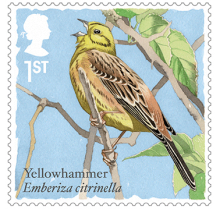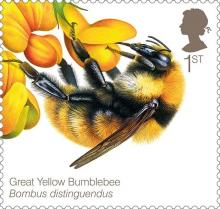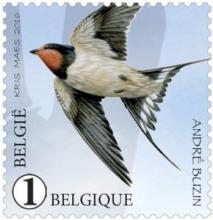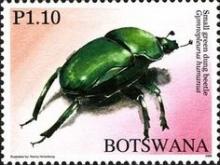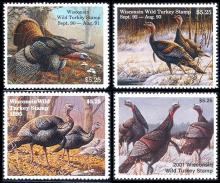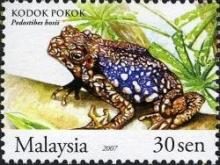Bird population decline accelerated after Czech EU entry
The bird population has been declining in Czech farmland, with the decline accelerating since the country's EU entry in 2004, experts from Charles University's Faculty of Sciences write in a study published by the Conservation Letters international journal. The joint European policy and system of agricultural subsidies are unfavourable to birds and wildlife, the study says, cited by the Czech Society for Ornithology (CSO).

